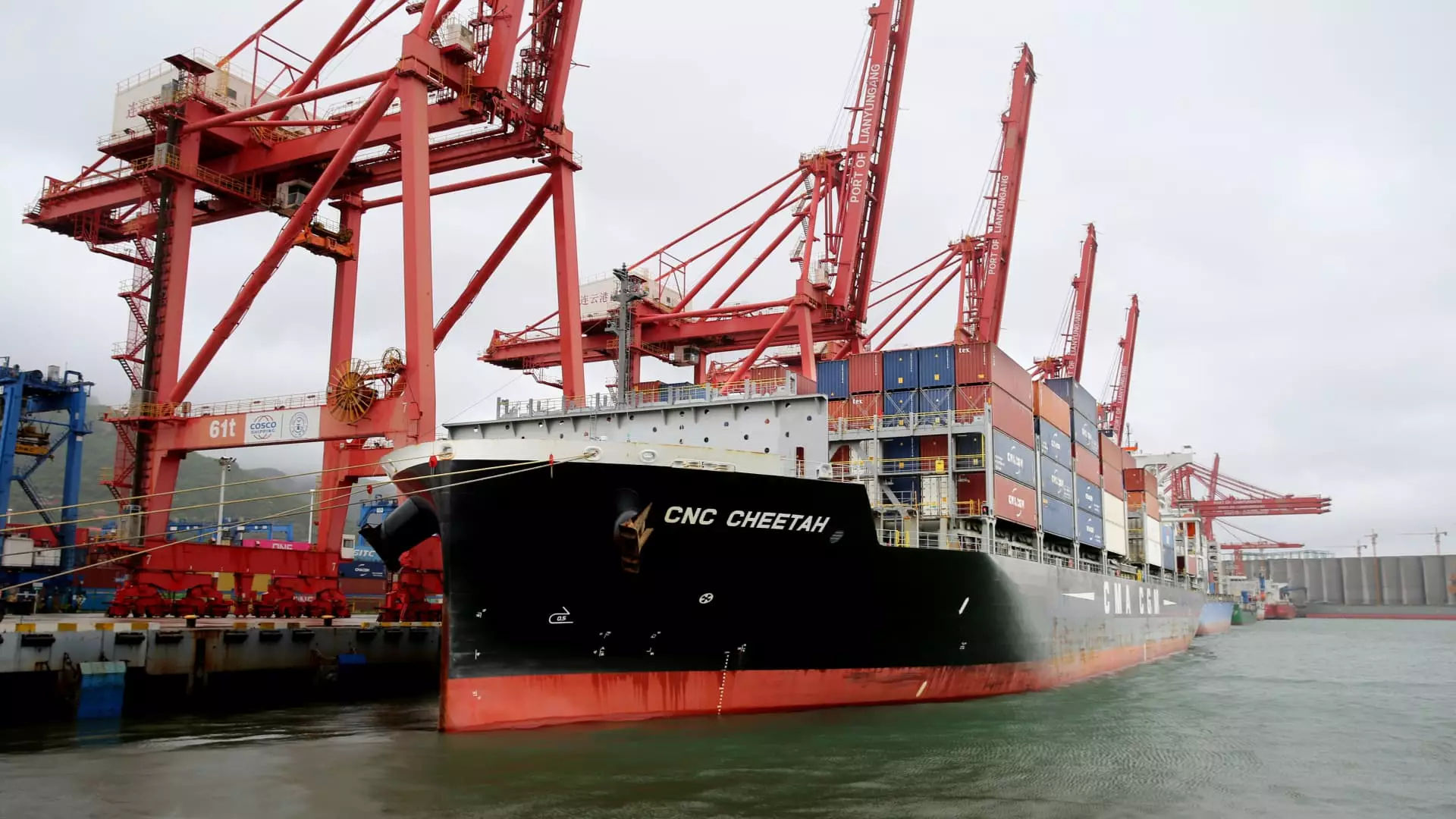The landscape of U.S. trade policy has taken a daunting turn, with tariff rates currently at a staggering 17.8%, the highest they have been since the Great Depression. This alarming figure comes from a recent report by the Yale Budget Lab, which points out that despite negotiations with major trading partners like China and the United Kingdom, Americans are still facing unprecedented financial burdens. The irony lies in how these trade deals were expected to alleviate costs, yet they have resulted in no significant relief for households. Instead, many are left grappling with a hefty estimated $2,800 cost per family due to these tariffs, raising a critical question: who really benefits from this strategy?
The Impact of Tariff Policies on Consumers
The radical increase in tariffs, especially those targeting goods from China, paints a bleak picture for consumers. U.S. households are not shielded from the repercussions of these policies; rather, they are likely to bear the brunt of increased prices. Although recent attempts to negotiate lower tariffs have been made—dropping duty on U.S. exports from 125% to a more palatable 10%—this still does not equate to an overall win for average consumers. The old-school protectionist approach touted by some political leaders might seem appealing in theory, but the practical implications suggest that these tariffs only serve to inflate costs further, further amplifying the anxiety felt by American families navigating their budgets amid a recovering economy.
The False Promises of Economic Policies
Moreover, the broader economic implications of maintaining such high tariffs cannot be ignored. Tariff policy is not just a tool for revenue generation; it risks stalling economic growth and undermining the very industries it aims to protect. When the market becomes distorted by artificially inflated prices, businesses and consumers adapt through a process known as substitution. However, this response is a double-edged sword that introduces uncertainty. The Yale Budget Lab underscores this uncertainty by projecting that, even when substitution is accounted for, the effect on the average effective tariff rate could still be the highest since 1937. This suggests that, even with negotiation, the fluctuating nature of these tariffs creates an unpredictable environment, harming both business planning and consumer behavior.
The Broader Implications of Protectionism
Taxpayers who had hoped for some proactive relief are left disillusioned as these deals remain devoid of substance. Trade agreements need to be fair and beneficial, not merely a facade to promote protectionist sentiments. While it’s true that some industries may find refuge behind protective tariffs, real economic strength lies in competitive pricing and innovation, which thrives in an open market. The consequences of isolationist policies will ultimately hinder progress, forcing consumers to pay heavily for the sins of the past rather than looking forward to future growth.
America’s path toward economic revitalization should not be cloaked in the shadow of outdated trade protectionism. Instead, it needs strategic collaboration and transparency with trading partners that bolsters supply chains and promotes affordability, not inflated costs fueled by past grievances. The time has come to reconsider these archaic strategies and move toward a sustainable economic future aligned with contemporary global trade dynamics.


Leave a Reply